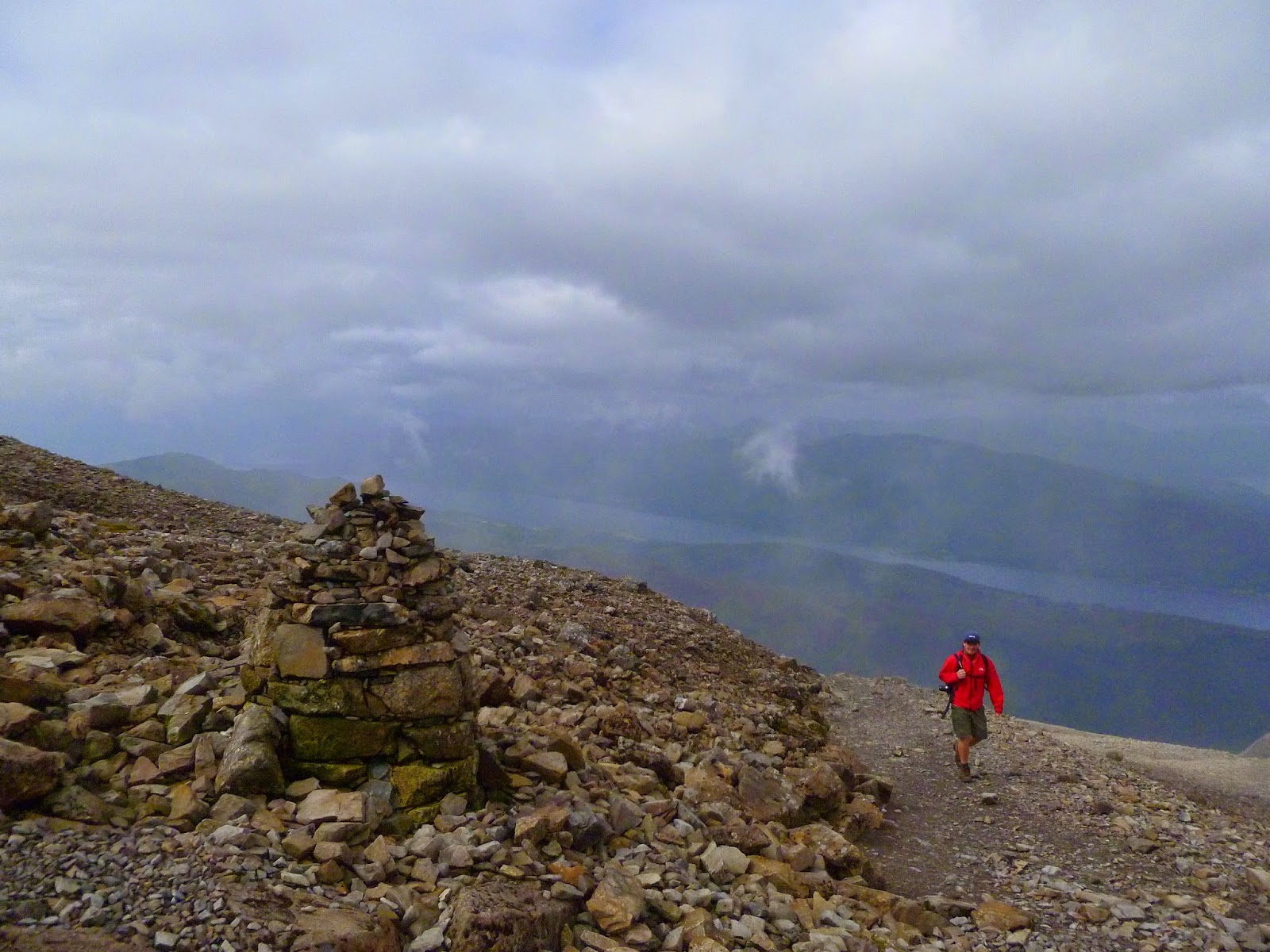 Name: Peterson's Birds of Britain and
Europe (North American Name) Scientific name
Name: Peterson's Birds of Britain and
Europe (North American Name) Scientific name
Gaviidae
Diver sp. (loon) Gavia sp.
Procellariidae
Fulmar (Northern
Fulmar) Fulmarus glacialis
Manx Shearwater
(Manx Shearwater) Puffinus puffinus
Sulidae
Gannet (Northern
Gannet) Morus bassanus
Phalacrocoracidae
Cormorant (Great Cormorant)
Phalacrocorax carbo
Shag (Eurasian Cormorant)
Phalacrocorax aristotelis
Ardeidae
Grey Heron (Grey
Heron) Ardea cinerea
Anatidae
Ferruginous
Duck (Ferruginous Duck) Aythya nyroca
Canada Goose (Canada Goose) Branta
canadensis
Graylag Goose (Graylag Goose) Anser
anser
Mute Swan (Mute Swan) Cygnus olor
Eider (Common Eider) Somateria
mollissima
Shelduck (Common
Shelduck ) Tadorna tadorna
Red-breasted
Merganser (Red-breasted Merganser) Mergus serrator
Accipitridae
Osprey (Osprey) Pandion haliaetus
White-tailed Eagle (White-tailed
Eagle) Haliaeetus albicilla
Buzzard (Common
Buzzard ) Buteo buteo
Golden Eagle
(Golden Eagle) Aquila chrysaetos
Falconidae
Merlin (Merlin)
Falco columbarius
Peregrine Falcon
(Peregrine Falcon) Falco peregrinus
Phasianidae
Red Grouse (Willow
Ptarmigan) Lagopus lagopus scotica
Rallidae
Coot
(Eurasian Coot) Fulica atra
Charadriidae
Ringed Plover
(Common Ringed Plover) Charadrius hiaticula
Lapwing
(Northern Lapwing) Vanellus vanellus
Haematopodidae
Oystercatcher
(Eurasian Oystercatcher) Haematopus ostralegus
Scolopacidae
Redshank (Common Redshank) Tringa totanus
Whimbrel (Whimbrel) Numenis phaeopus
Curlew (Eurasian Curlew) Numenius arquata
Turnstone (Ruddy Turnstone) Arenaria interpres
Sanderling (Sanderling) Calidris alba
Dunlin (Dunlin) Calidris alpina
Snipe (Common Snipe) Gallinago gallinago
Redshank (Common Redshank) Tringa totanus
Whimbrel (Whimbrel) Numenis phaeopus
Curlew (Eurasian Curlew) Numenius arquata
Turnstone (Ruddy Turnstone) Arenaria interpres
Sanderling (Sanderling) Calidris alba
Dunlin (Dunlin) Calidris alpina
Snipe (Common Snipe) Gallinago gallinago
Stercorariidae
Great
Skua (Great Skua) Stercorarius skua
Laridae
Herring
Gull (Herring Gull) Larus argentatus
Great Black-backed
Gull (Great Black-backed Gull) Larus marinus
Black-headed Gull
(Black-headed Gull ) Larus ridibundus
Kittiwake
(Black-legged Kittiwake) Rissa tridactyla
Common Tern
(Common Tern) Sterna hirundo
Arctic Tern
(Arctic Tern) Sterna paradisaea
Alcidae
Guillemot (Common Murre) Uria aalge
Razorbill (Razorbill) Alca torda
Black Guillemot (Black Guillemot) Cepphus grylle
Puffin (Atlantic Puffin) Fratercula arctica
Guillemot (Common Murre) Uria aalge
Razorbill (Razorbill) Alca torda
Black Guillemot (Black Guillemot) Cepphus grylle
Puffin (Atlantic Puffin) Fratercula arctica
Columbidae
Rock Dove (Rock
Dove) Columba livia
Wood Pigeon
(Common Wood Pigeon) Columba palumbus
Stock Dove
(Stock Dove)Columba oenas
Collared
Dove (Eurasian Collared Dove) Streptopelia decaoto
Apodidae
Swift (Common Swift) Apus apus
Muscicapidae (Old World Flycatchers)
Pied Flycatcher (European Pied
Flycatcher) Ficedula hypoleuca
Jay (Eurasian Jay) Garrulus
glandarius
Magpie (Black-billed Magpie) Pica
pica
Carrion Crow (Carrion Crow) Corvus
corone
Hooded Crow (Hooded Crow) Corvus
cornix
Jackdaw (Eurasian Jackdaw) Corvus
monedula
Rook (Rook) Corvus frugilegus
Raven (Common Raven) Corvus corax
Hirundinidae
Swallow (Barn Swallow) Hirundo
rustica
House Martin (Common House Martin)
Delichon urbica
Paridae
Blue
Tit (Blue Tit) Cyanistes caeruleus
Great
Tit (Great Tit) Parus major
Coal
Tit (Coal Tit) Periparus aler
Certhidae
Tree
Creeper (Eurasian Tree Creeper) Certhia familiaris
Troglodytidae
Wren
(Winter Wren) Troglodytes troglodytes
Cinclidae
Dipper
(White-throated Dipper) Cinclus cinclus
Turdidae
Robin
(European Robin) Erithacus rubecula
Stonechat
(European Stonecat) Saxicola rubicola
Northern
Wheatear (Northern Wheatear) Oenathe oenathe
Ring
Ouzel (Ring Ouzel) Turdus torquatus
Blackbird
(Common Blackbird) Turdus merula
Mistle
Thrush (Mistle Thrush) Turdus viscivorus
Sturnidae
Starling (European
Starling) Sturnus vulgaris
Motacillidae
Pied
Wagtail (Pied Wagtail) Motacilla alba yarrellii
Grey
Wagtail (Grey Wagtail) Motacilla cinerea
Meadow
Pipit (Meadow Pipit) Anthus prateusis
Calcariidae
Snow
Bunting (Snow Bunting) Plectrophenax nivalis
Fringillidae
Goldfinch
(European Goldfinch) Carduelis carduels
Chaffinch
(Common Chaffinch) Fringilla coelebs
Passeridae
House
Sparrow (House Sparrow) Passer domesticus 78






























